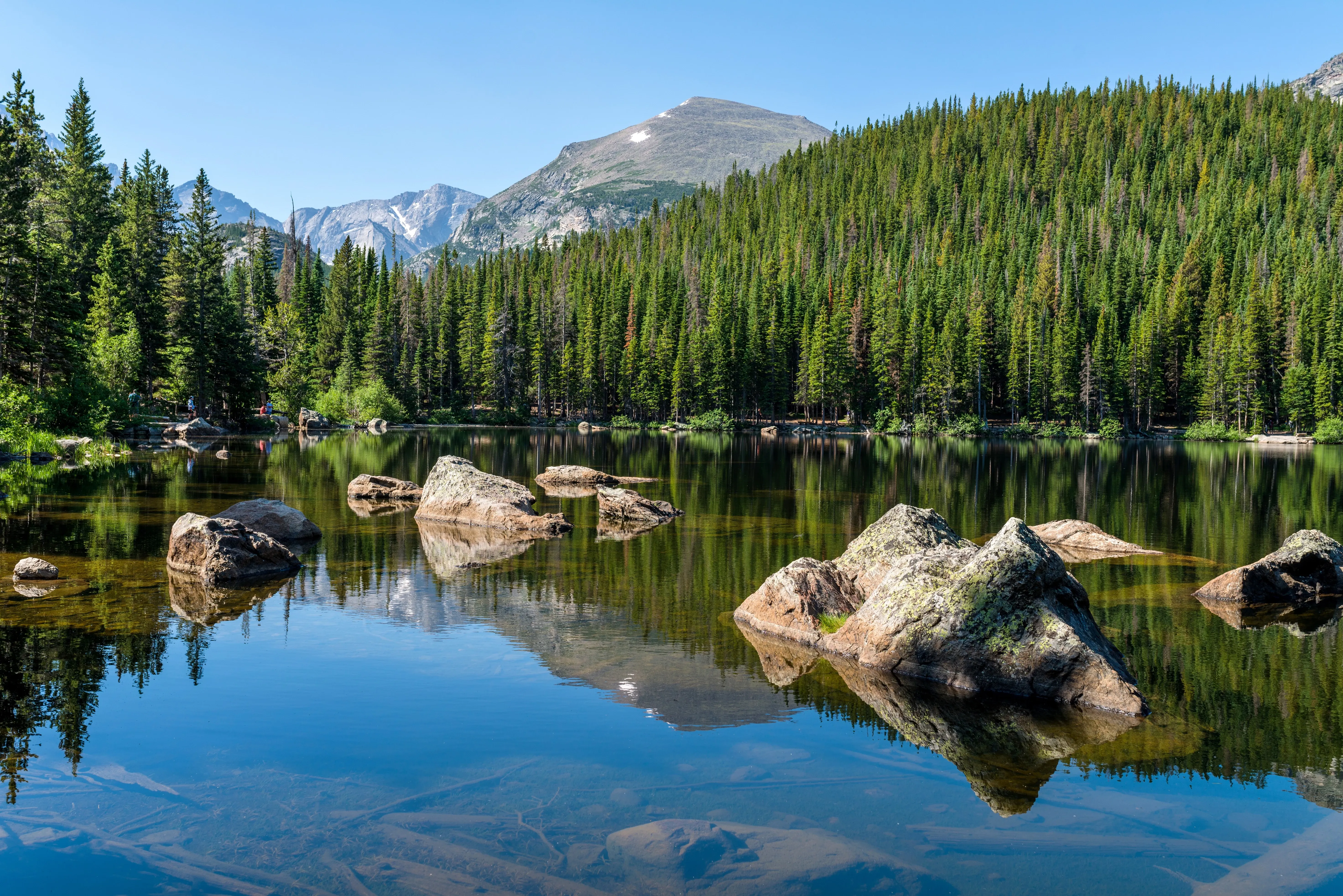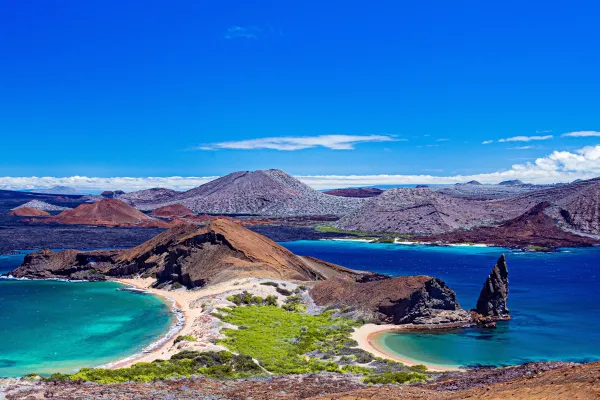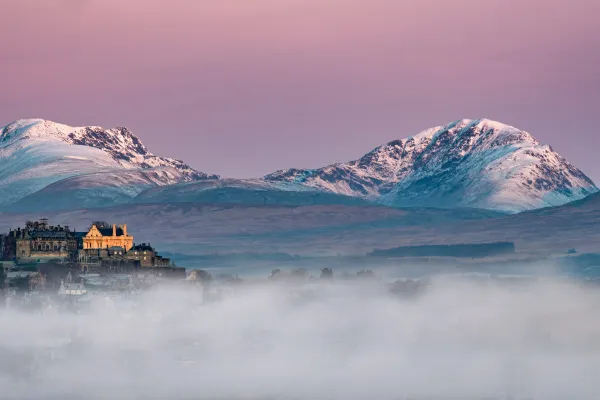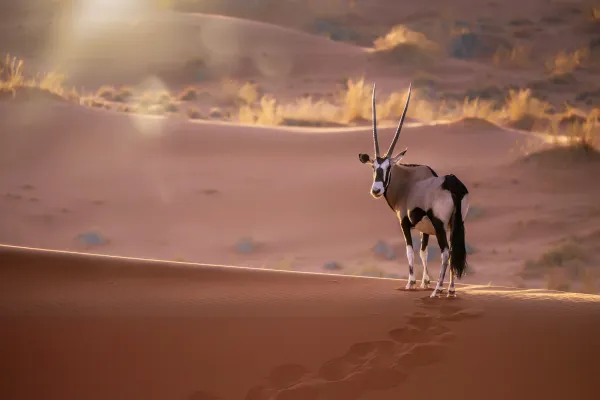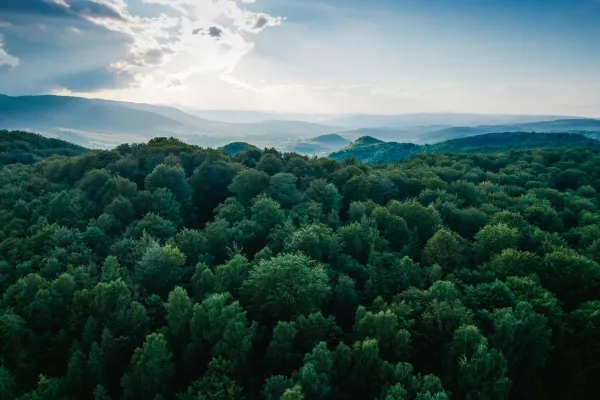The enigmatic beauty of Boreal Forests
Discover the northern wilderness of North America: Encompassing some 1.5 billion acres, the North American Boreal Forest is the largest intact forest on Earth.
Stepping into the coniferous forest is like entering another realm, where towering trees and crystal-clear lakes brimming with wildlife immerse visitors in an awe-inspiring outdoor experience.

The vast expanse of boreal forest stretches across Canada and into Alaska in the US. From the remote expanses of Canada’s Tukon to the peaceful forests of Minnesota or the snow-laden landscapes of Alaska, each region has something different to offer for wilderness seekers.
The beauty of boreal forests
Boreal forests, also known as taiga in the northernmost parts, are crucial to Earth’s ecosystems. They are biodiversity hotspots, offering unique habitats for a wide range of species, from bears to migratory birds, not to mention plants, fungi, lichen, and mosses.
The giant trees influence weather patterns and play a vital role in sequestering carbon and helping to mitigate climate change and global warming.
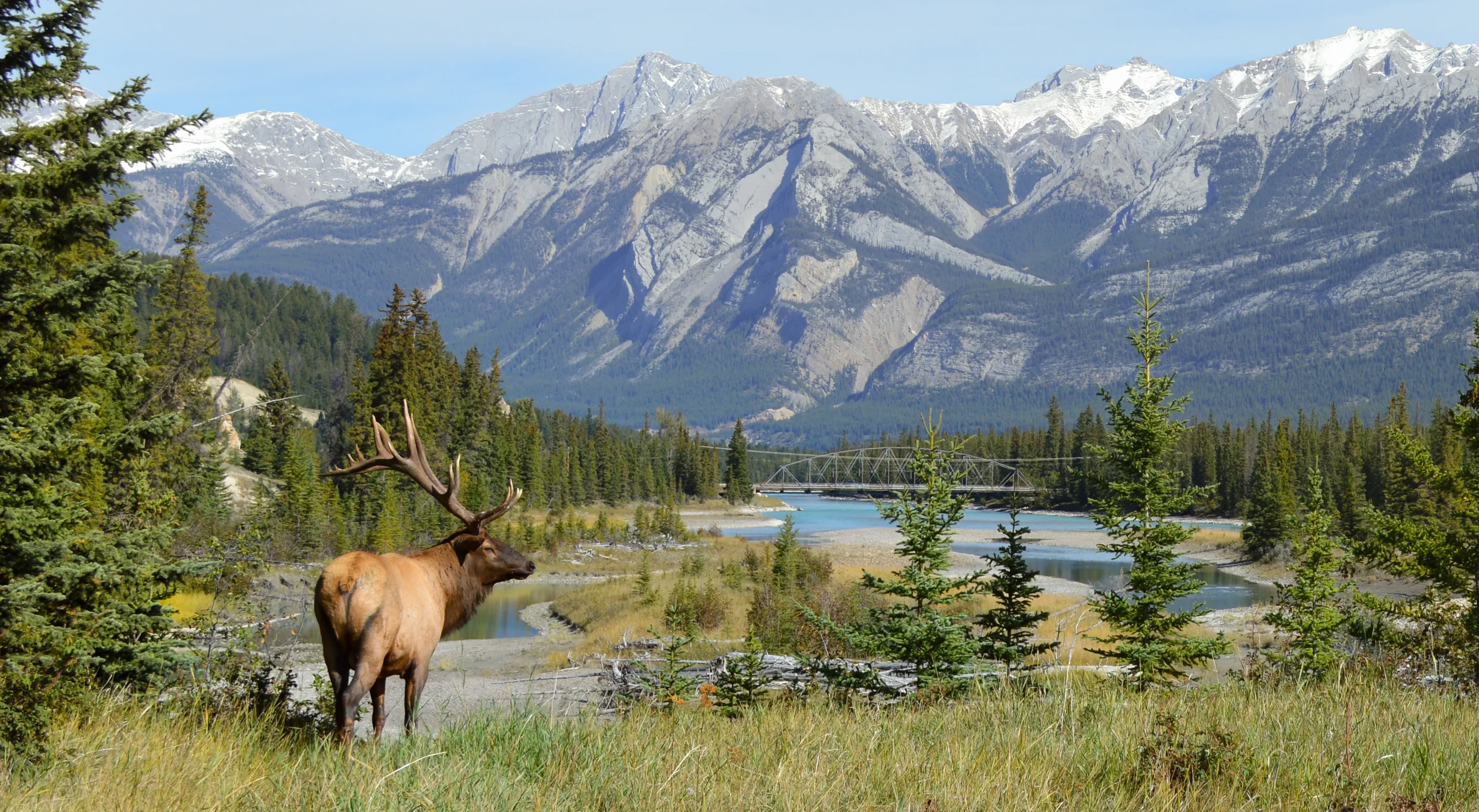
What’s more, the vast landscape of trees plays an important part in maintaining water quality, providing rich soils that help to purify water and regulate its flow through the landscape.
Beyond their importance for the planet’s health, boreal forests have immense cultural and recreational value, which we’ll discuss later in the post. The North American Boreal Forest is the perfect place to get back to nature with a trip into the wilderness and engage in eco-friendly tourism.
Boreal biodiversity
Dominated by cold-tolerant and fire-adapted conifer trees like pines, spruces, larches, and fir, as well as deciduous trees like maples, aspen, and poplar, and shrubs like mountain ash, pin cherry, alder, hazel and dwarf shrubs, as well as grasses and ground species, boreal forests are comprised of a brilliant diversity in plant life. The forest offers a enigmatic environment to study complex ecological processes and develop strategies for wildlife conservation.
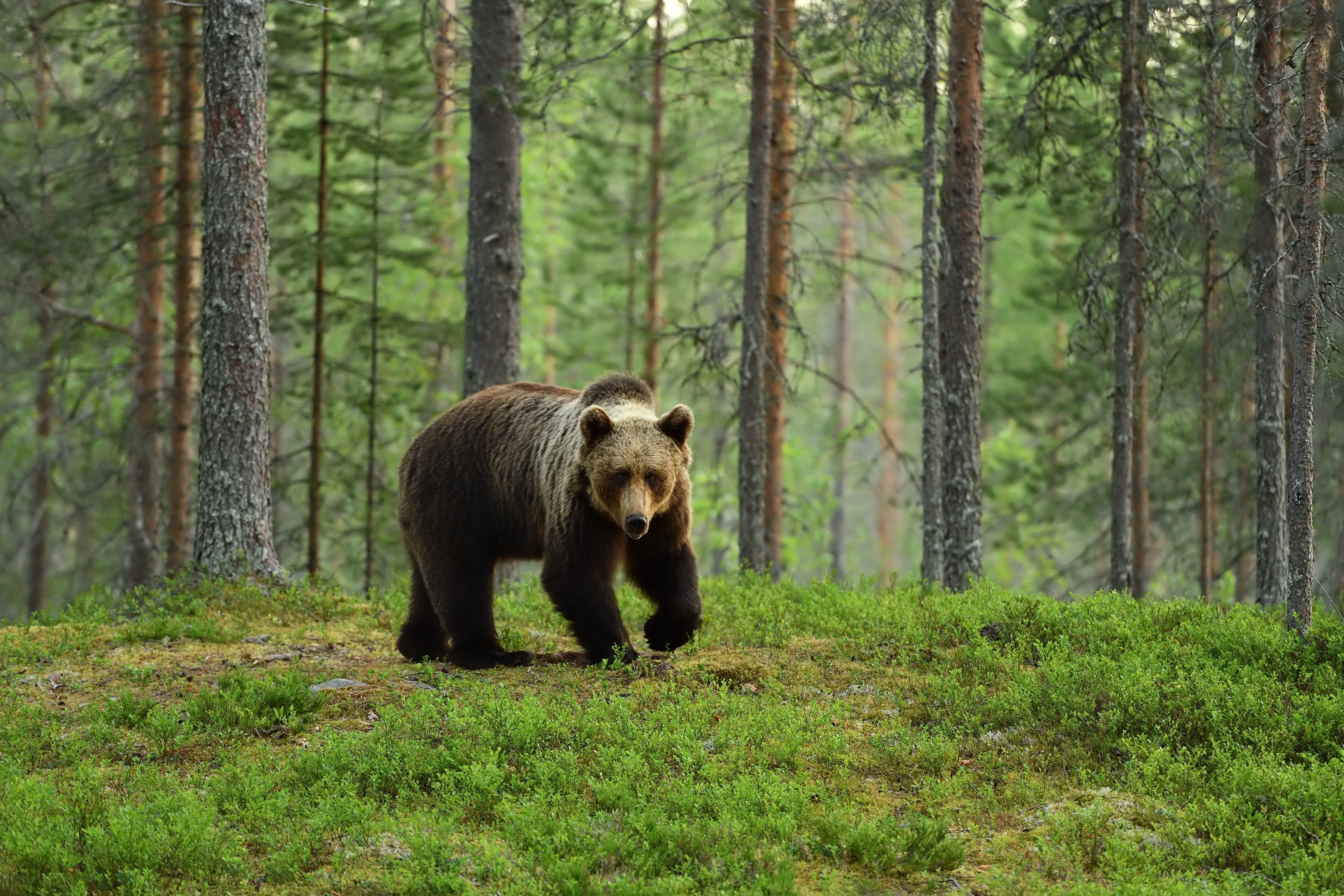
Home to an incredible 85 species of mammal, the forest landscapes are renowned for sightings of large animals like elk, moose, wood bison, woodland caribou, grizzly bears, black bear, and wolves. They also house smaller species, like beavers, red squirrels, and Canada lynx. North America’s boreal forest has been dubbed ‘the bird nursery’ thanks to its vital role in supporting billions of birds from over 300 species that regularly breed in the habitat.
»Boreal forests are full of life adapted to withstand frigid temperatures year-round.«
Indigenous culture
Most Indigenous Peoples in Canada live in the boreal forest and their cultures are deeply intertwined with the majestic landscapes. The 600 or so Indigenous communities that live in the region today have inhabited the forest for thousands of years, relying on the landscape for food, medicine, cultural traditions and economic prosperity.
Thanks to their rich history in the ecosystem, Indigenous communities have invaluable knowledge about the landscapes, which is often used in combination with scientific research to formulate and manage conservation programmes for their native territories. These communities have been vocal advocates for the protection of their boreal homeland from construction and logging operations.
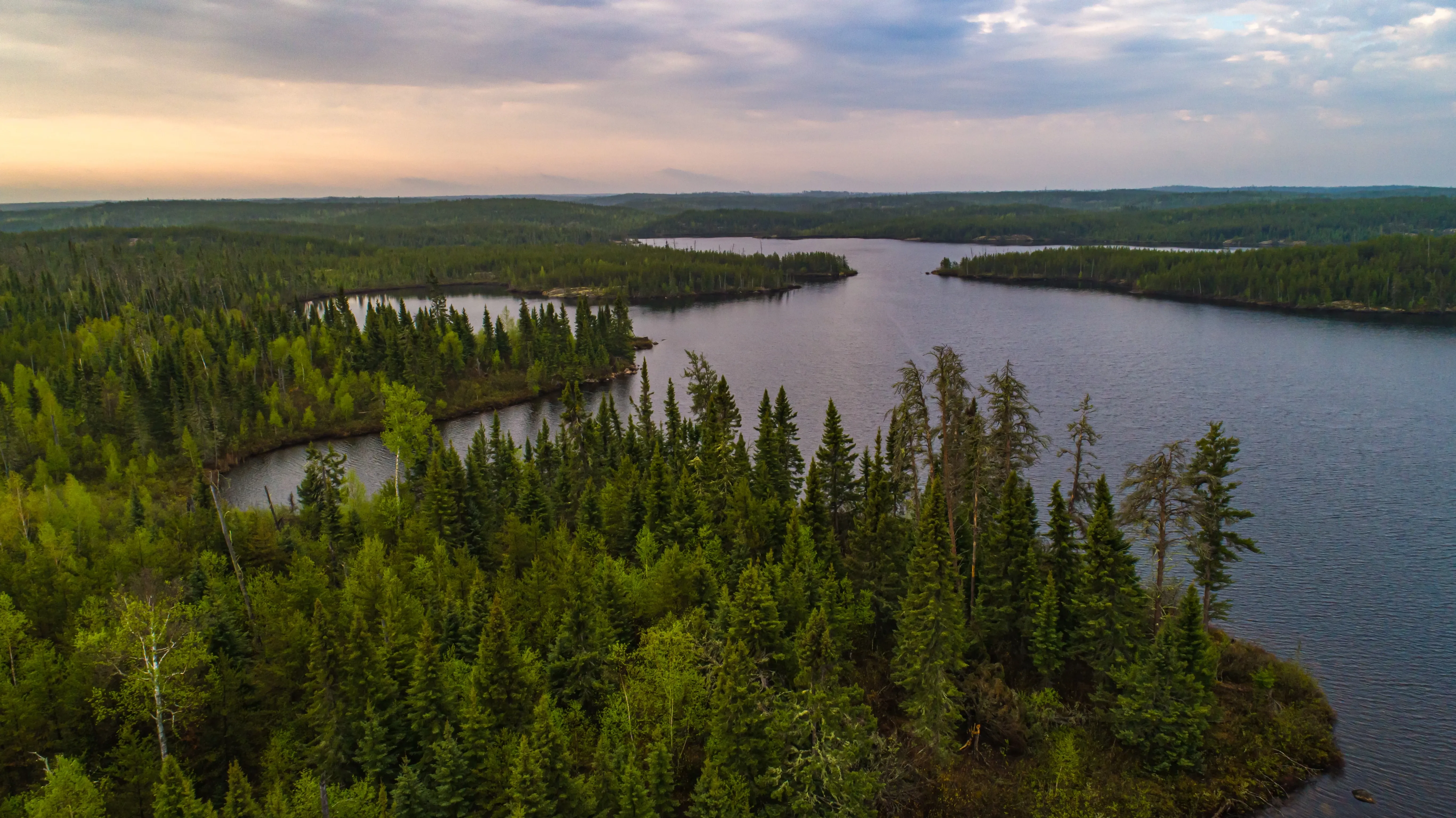
Forest adventures
The vast boreal forest is a humbling place with giant treescapes stretching as far as the eye can see. With its combination of icy lakes, mountainous terrain and dangerous wildlife to boot, the forest is the perfect place for adventure seekers. It has something to offer for all varieties of outdoor adventure holiday, from wild camping to canoeing and birdwatching to freshwater fishing.
There are innumerable stunning hiking trails to choose from, with tonnes to offer in the way of incredible views and hidden gems in the landscape, including waterfalls and lakes perfect for freshwater swimming. If you’re visiting the western-most region, you’re likely to experience spectacular sunsets that will stay with you forever.
Choosing a destination
Thanks to its sheer size, visitors are spoilt for choice when it comes to deciding which region to visit; you can expect breathtaking views and a sense of true wilderness wherever you go in the boreal forest. Impressive rockfaces and rugged palaeozoic terrain add a sense of geological awe in the eastern point of Newfoundland, while in the north-east, caribou roam the open, more sparsely wooded landscape.
Extensive wetlands add serene beauty to the views in the southern Hudson Bay area and further west, mid-continental Canadian forests offer stunning lakes alongside areas of lowland and mountains. Close to the west coast, Yukon is popular with wildlife watchers and nature lovers thanks to its beautiful rolling hills and valleys.
Planning your trip
The North American Boreal Forest is a fascinating and formidable place, and any trips into the wilderness should be planned carefully ahead of time. The landscapes change considerably with the seasons, with water-based activities much more appealing in the summer months. Winter unveils a snow-covered environment with freezing temperatures to endure. Sturdy hiking boots, warm clothes and good hiking gear are necessary for all trips to the boreal forest, but take extra care to pack plenty of layers (and safety equipment if you’re venturing into the wilds) if you are travelling in the winter months.
Accommodation options vary hugely, from camping under the stars to comfortable lodges. The boreal forest is a unique ecosystem that deserves protection, so embrace a ‘leave no trace’ approach to your visit, taking all litter away with you and staying at a safe distance from all wildlife. If you’re visiting bear county, take the appropriate precautions: carry bear spray and lock all food away safely.
Boreal forests: Climate saviour and natural paradise
Boreal forests are not only crucial for maintaining Earth’s climate systems and supporting a rich diversity of plant and animal species but offer an unbeatable destination for reconnecting with nature. Preserving the unique ecosystem of the North American Boreal Forest has far-reaching consequences for the whole planet.
That’s not to say the forest can’t be enjoyed by visitors seeking adventure, escape or tranquility - an eco-conscious trip to the beautiful boreal forest is guaranteed to bring peace and awe, and reconnect visitors with their roots in nature.
Source references:
Boreal Conservation
Springer Link
Sign up for the newsletter
By clicking on “Subscribe now” I will subscribe to the Conscious Explorer newsletter with all the information about mindful travel. Information on the success measurement included in the consent, the use of the shipping service provider MailChimp, logging of the registration and your rights of revocation can be found in our privacy policy.

